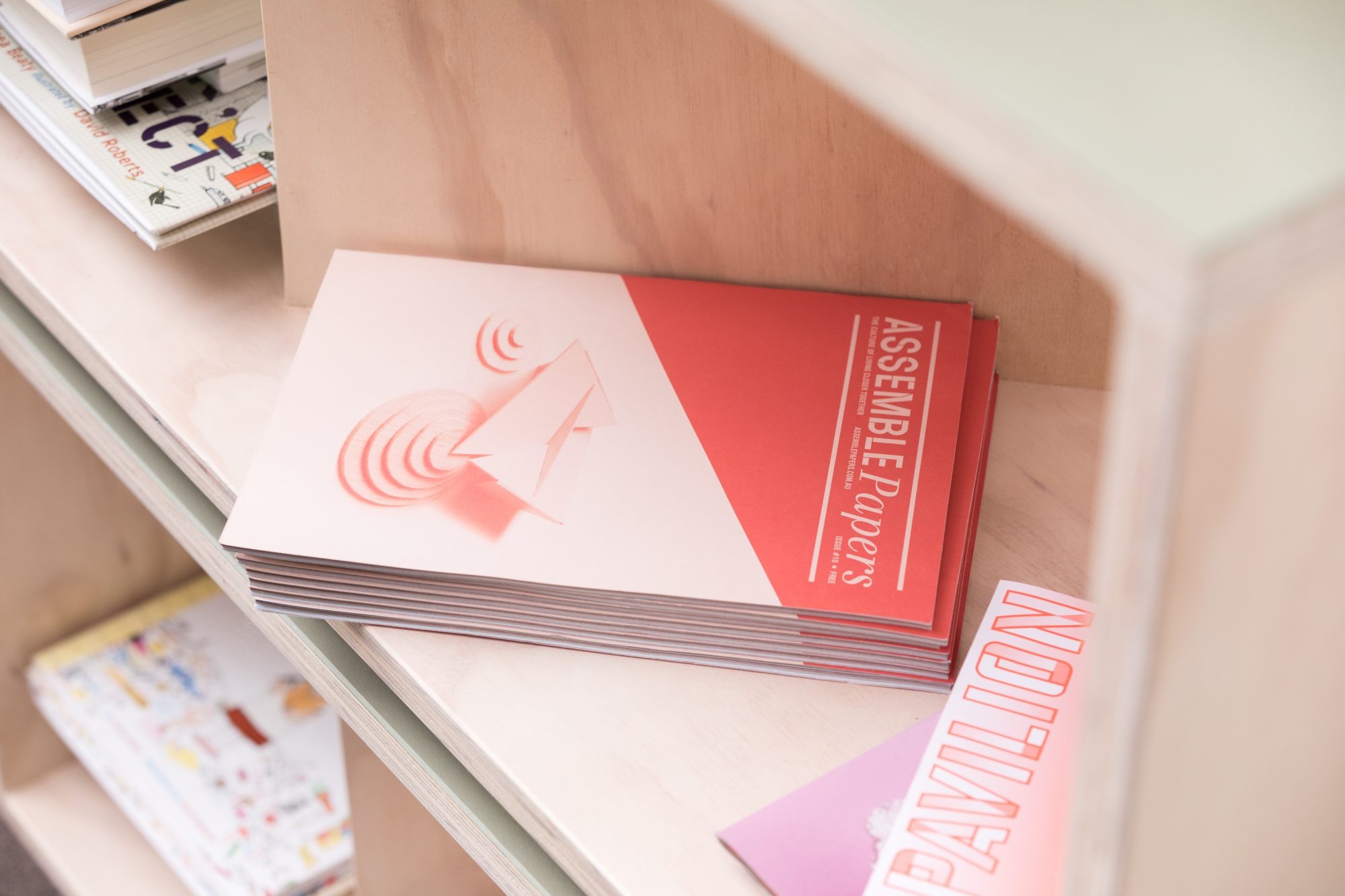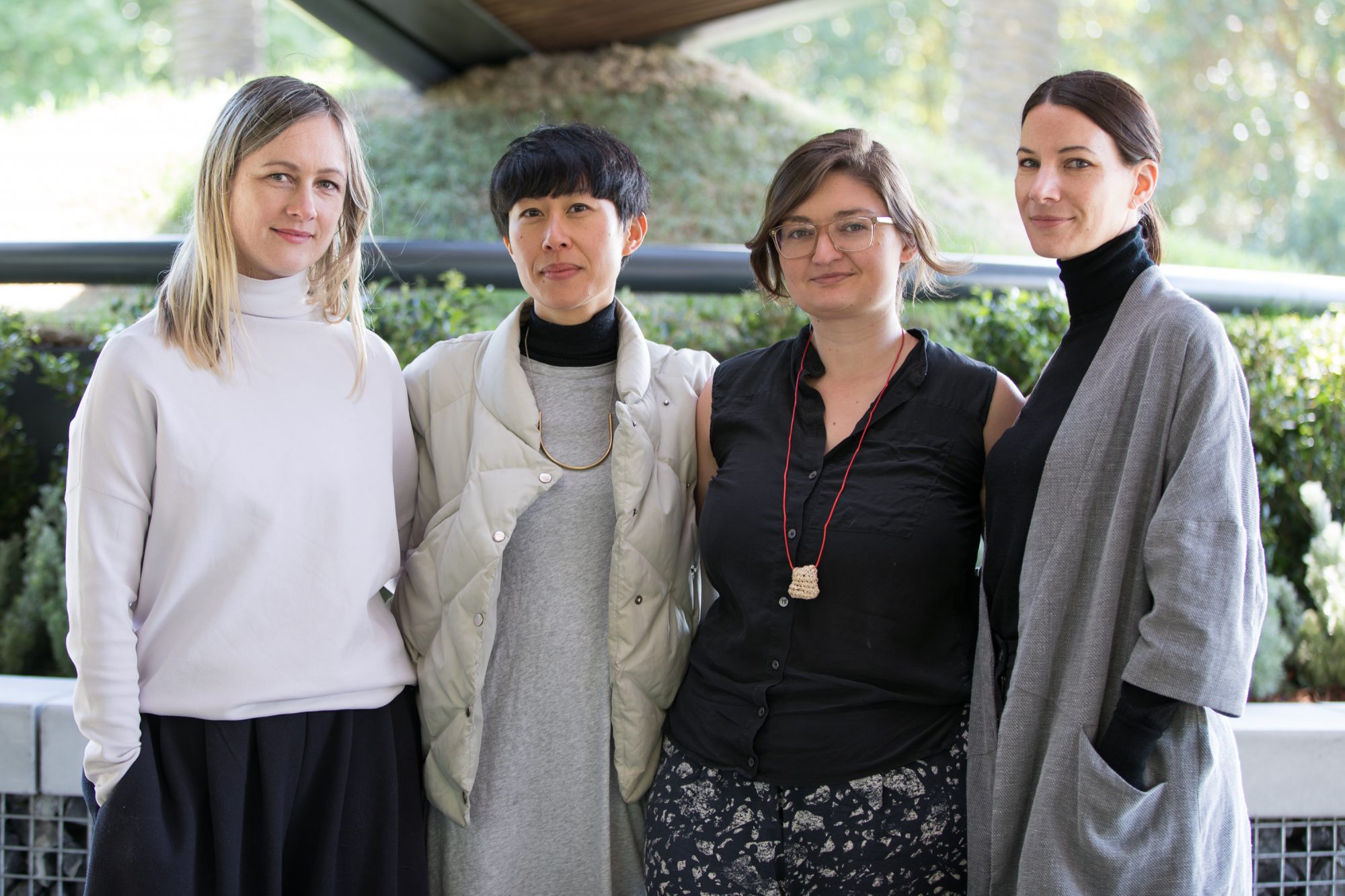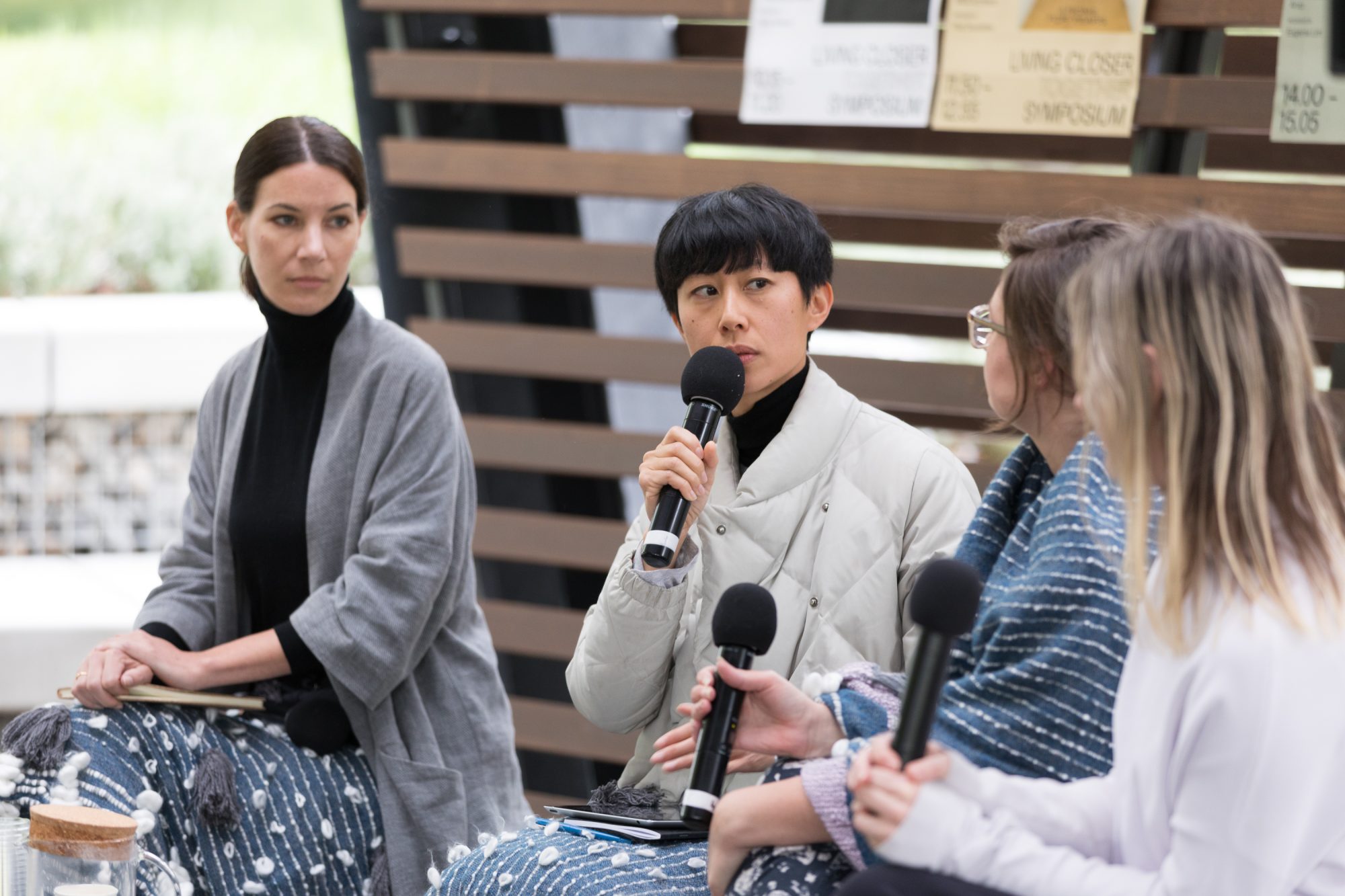Living Closer Together Symposium: A Summary
On one of the coldest spring mornings this year – which also happened to be a Saturday – dozens of Melburnians hauled themselves out of bed to come and listen to a series of panel discussions on how we can create cities that, quite simply, work better for everyone. The Living Closer Together Symposium at MPavilion featured some of our city’s most interesting thinkers and practitioners across architecture, urban design and the arts. It warmed our hearts to see so many people eager to help shape our city, and the role that we as citizens can play to make it more adaptive to the social and climatic changes that we are facing. For those who couldn’t attend, here’s a short recap of what the ideas explored across the four panels. The audio from each panel discussion is available here.
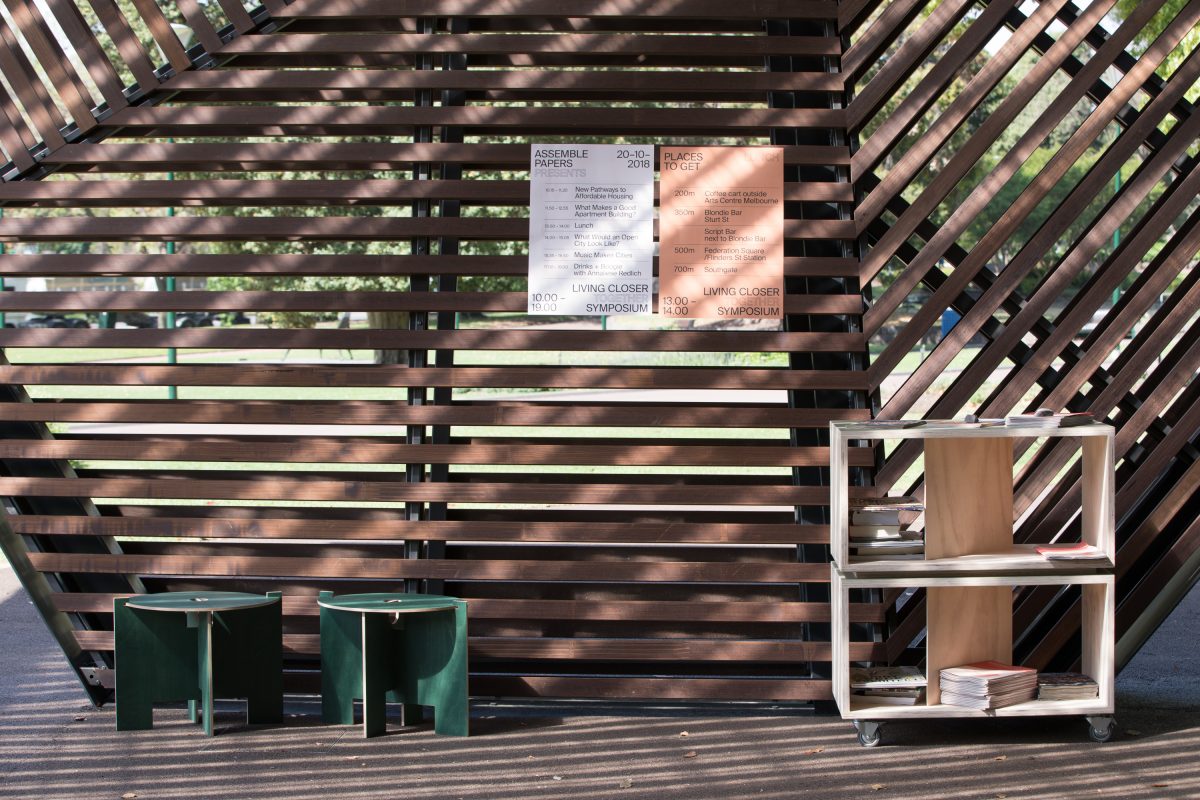
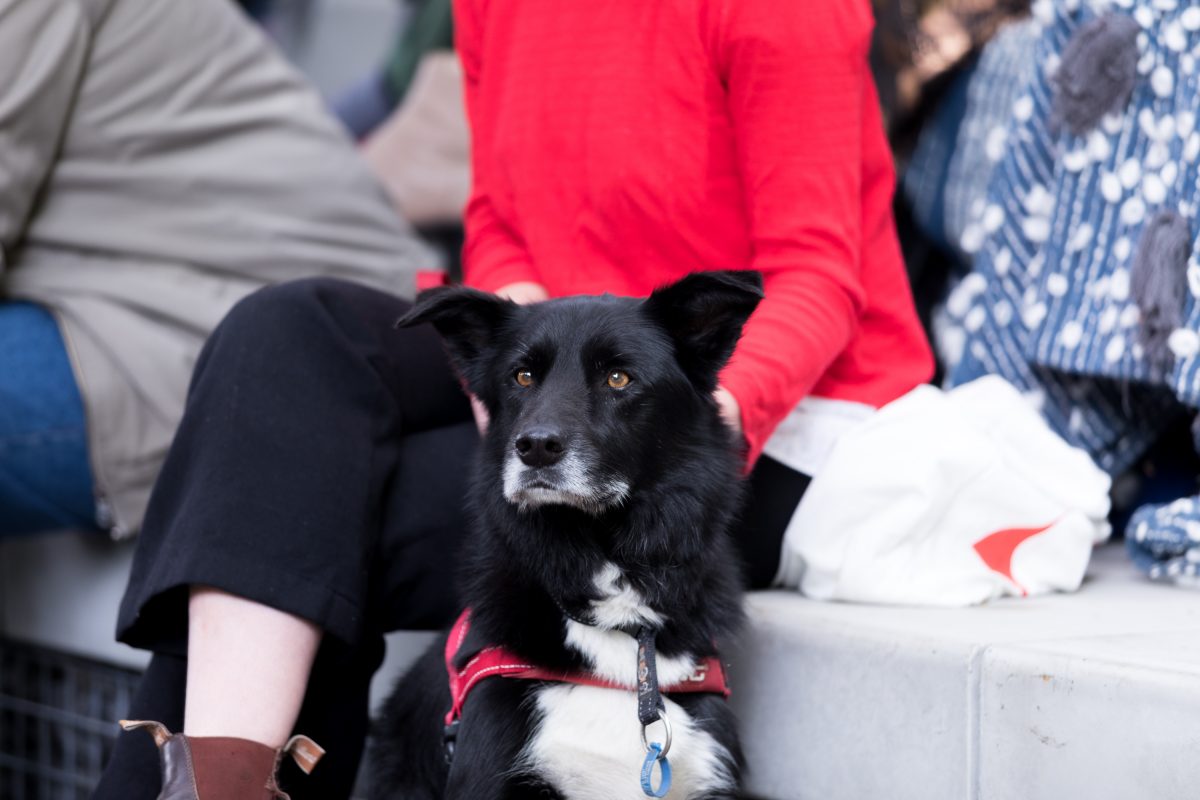
Panel 1: New Pathways to Affordable Housing
Andy Fergus (City of Melbourne, Nightingale), Ben Keck (Assemble, Fieldwork), Dr. Andrea Sharam (RMIT University), Dave Martin (The Sociable Weaver). Moderated by Jana Perković.
This discussion looked at how cities around the world have managed to keep housing affordable without sacrificing amenity and community, as populations increase and sustainability standards have toughened. Dr Sharam spoke about the growing number of people left behind by rising house prices, and our existing financial models that make it hard for non-market housing models to scale up. Ben Keck noted that Australian superannuation funds would like to invest in affordable housing, because it’s a safe, long-term investment – they do invest in affordable housing overseas, where appropriate investment opportunities already exist.
Andy Fergus noted that many countries around the world are treating housing as key economic infrastructure, too important to be left to the market alone. In his research on deliberative development models, Fergus notes, government support is always present be it through public housing, long-term leases on public land, long-term low-interest loans, loan guarantees to investors, or long-term policies that support non—profit housing associations. It is calculated that Victoria needs to produce 47,000 affordable units a year to respond to the growing shortage of housing. The range of measures suggested by the panel included more deliberate development of quality affordable housing on government-owned land based on criteria that go beyond price, low-interest funding guarantees (as housing is a very secure investment) and, finally, an urban planning system that clearly preferences good urban development over maximizing profit.
To close, Dave Martin reminded us that we need to redefine our ideas of ownership as a collective, and think of our ourselves as guardians, custodians and community members. Instead of our responsibility ending at the back fence and the front door, let’s concentrate on connecting to nature, society and a sense of shared purpose; a shared finance will follow.

Panel 2: What Makes A Good Apartment Building?
Mitra Anderson Oliver (Urban Planner & Policy Advisor), Quino Holland (Assemble, Fieldwork), Monique Woodward (WOWOWA Architecture), Katherine Sundermann (MGS Architects). Moderated by Vlad Doudakliev.
A range of views were passionately discussed on this panel! Adaptability was one theme that came up – the notion of discrete rooms needs to be challenged, to allow for greater flexibility in daily use. For example, a fold away bed could become a study or a play room. Allowing for different modes within the apartment was also discussed, for example the second bedroom becoming an extension of the living area via a sliding wall making it great for a dinner party. Allowing for these types of adaptability can keep people living in the same apartment as their situation changes. This idea overlaps with the concept of diversity, in that everyone has different needs within a home, and so a variety of apartment sizes, aspects, designs, features, etc., is a valuable thing in the Australian housing market.
Community, and the importance of knowing your neighbours was also discussed. Good apartments foster community on multiple levels, from the general community of the apartment building, to smaller groups within it who may band together to run the herb garden, or older people who could agree to watch the kids of a young couple. The building as a microcosm of the wider neighborhood is important, and buildings that offer communal spaces and facilities allow this to grow over time.
Consideration of the local context in which an apartment was being designed was another theme running through the discussion. Additionally, height and bulk are deeply important to the wider amenity of the streetscape, a well-designed six-story building is much less imposing and has a better effect on the neighbourhood than a poorly designed three-story building. Building communities in high-rises is very difficult as the positive features of communal areas, openness to ventilation, light, etc. are more difficult to achieve, and the building does not embed itself into the local context subtly, it cannot be anything but a big building. Good design ensures an appropriate relationship to the street, internal views, and with models that are based on deliberative development there is an inherent focus on the residents connecting and embedding within their future neighbourhood.
Panel 3: What Would an Open City Look Like?
Sarah Lynn Rees (Palawa/Plangermaireener, IADV, MPavilion, JCB Architects), Jane Caught (Sibling), Bree Trevena (Arup). Moderated by Eugenia Lim.
This was a very wide-ranging conversation that covered a lot of topics. The discussion mainly centred on how humane and empathetic design could make a city more diverse and equitable. Nomadic and informal urbanism (from grey nomads to the self-organising city and ten principles of Burning Man in Nevada) were also addressed, and the idea that Indigenous care and knowledge of country should one day be the foundation of all Australian contemporary design, architecture and built environment practice.
When asked whether an open city should allow for undersigned spaces, Bree Trevena was emphatic: we need spaces people can make their own, we don’t want to design-out creativity or opportunities for agency and adaptation. Governance and policy should encourage initiative from artists, designers and community; design should think beyond the election cycle towards the next generation and those after – the earth and its resources as a collective and shared space for all.

Panel 4: Music Makes Cities
Dr. Andrea Baker (Monash University), Helen Marcou (Bakehouse), Bec Hornsby (Program Manager,Triple R FM, Becky Sui Zhen (artist and creative producer). Moderated by Cat McGauran.
This panel reinforced our belief at Assemble Papers that any conversation about ‘living’ needs to include a conversation about culture because this is what makes our lives enjoyable. The conversation could be about music, sport or something else that brings people together in a positive way. In Melbourne music is a great way to highlight these points – for context, in 2017 more people attended live music events in Melbourne than AFL games, the Spring Racing Carnival, A-League, Basketball & Netball, rugby, cricket and the Australian Grand Prix combined. This figure doesn’t account for stadium shows, or classical music. Dr. Andrea Baker, who has researched extensively on what makes certain cities conducive to live music scenes, pointed out that it is important to remember that we make cities so that we can live closer together. She also noted that some element of geographic isolation (think Melbourne, Perth, West Berlin, Austin) and vibrant independent media.
In Melbourne, the strength of community radio contributes uniquely to Melbourne’s music and cultural communities. Triple R and PBS FM alone have around 500,000 and 250,000 weekly listeners respectively. As the Triple R program manager, Bec Hornsby said that membership numbers continue to rise despite the advent of streaming services and other audio entertainment. Occupying the physical space that allows people to come for live performances, or take part in other community events, is one of the reasons Bec believes community radio continues to grow.
The panel agreed that the continued viability of the contemporary live music scene also depends on building strong relationships with the wider community, and state governments. Helen Marcou from Bakehouse Studios and is also involved in various political advisory spaces, says that the government needs a long-term plan for the arts, that recognises the importance of artists in society and that their incomes often don’t allow them to live easily within the city, despite hoards of people enjoying the fruits of their labour, i.e. their music.
Becky reminded us that musicians and artists spend a lot of time working on their craft. She made the decision to work three days a week so she could focus the other two on her music. Becky also described her joy at arriving in Melbourne as a musician in 2010, where she found that venues and artists were very supportive of each other. She also emphasised the role community radio has played in her life as a musician, and as an artist.
This is just a brief summary of the many fascinating discussions that happened over the day. If anything here has sparked your interest, please feel free to email us hello@assemblepapers.com.au
